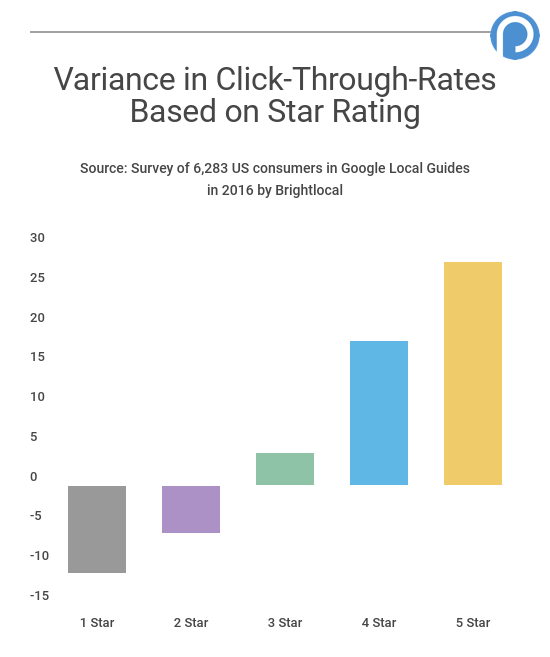- Have any questions?
- [email protected]
Crafting a Positive Brand Narrative in the Age of User-Generated Content

Leveraging Positive Customer Experiences to Boost Your Online Reputation
November 8, 2023
Turning Negative Feedback into Positive Brand Growth through Online Reputation Management
November 11, 2023Digital PR and Online Reputation Management:
In today’s digital landscape, user-generated content has become an influential factor in shaping brand narratives and online reputations. Businesses need to employ a combination of digital public relations (PR) and online reputation management (ORM) strategies to create and maintain a positive brand image in the face of user-generated content. In this article, we will discuss the significance of digital PR and ORM, along with practical strategies for businesses to follow. Additionally, we will include a Q&A session to address common questions related to this topic.
The Importance of Digital PR and ORM in the Age of User-Generated Content
Navigating a dynamic digital landscape
The proliferation of social media and review platforms has empowered users to share their opinions and experiences with businesses, impacting brand narratives and reputations. As a result, businesses must actively engage in digital PR and ORM efforts to maintain control over their brand image and ensure a positive online presence.
Building trust and credibility
Effective digital PR and ORM strategies can help businesses build trust and credibility with their audience, resulting in increased customer loyalty, engagement, and sales. By crafting a positive brand narrative, businesses can foster strong relationships with their target audience and establish themselves as industry leaders.
Strategies for Digital PR and ORM in the Age of User-Generated Content
Monitor your online presence
Regularly monitor your brand’s online presence across various platforms, such as social media channels, review websites, and industry forums. Use tools like Google Alerts, social media monitoring tools, and review management platforms to stay informed of any potential threats to your online reputation.
Engage with your audience
Actively engage with your audience on social media and other platforms, addressing both positive and negative feedback. By maintaining open lines of communication, you can show your audience that you value their opinions and are committed to addressing their concerns.
Craft and distribute compelling content
Create and distribute engaging, high-quality content that showcases your brand’s unique value proposition and industry expertise. Share this content through social media, blogs, press releases, and other relevant channels to reinforce your brand narrative and demonstrate thought leadership.
Collaborate with influencers and industry experts
Partner with influencers and industry experts to increase your brand’s credibility and reach a wider audience. Collaborations can take various forms, such as guest posts, co-hosted webinars, or influencer endorsements.
Develop and execute a crisis communication plan
Prepare a crisis communication plan to address potential threats to your online reputation. This plan should outline steps for monitoring, assessing, and responding to crises, as well as guidelines for internal and external communications.
How do I respond to negative user-generated content?
Address negative feedback promptly and professionally, acknowledging the customer’s concerns and offering solutions to rectify the issue. A sincere and transparent response can help rebuild trust and demonstrate your commitment to improvement.
How can I encourage customers to create positive user-generated content?
Provide exceptional products and services, and engage with your customers to request their feedback and testimonials. You can also incentivize customers to create positive content by offering discounts, loyalty rewards, or other perks.
How do I handle fake or malicious user-generated content?
Respond professionally to the content, stating your belief that it may be fraudulent and offering to discuss the matter further offline. Report the content to the platform and provide any evidence to support your claim.
How do I measure the success of my digital PR and ORM efforts?
Track key performance indicators (KPIs) such as online sentiment, social media engagement, website traffic, and search engine rankings. Regularly analyze these metrics to assess the effectiveness of your digital PR and ORM strategies and make data-driven adjustments as needed.
Conclusion
In the age of user-generated content, businesses must prioritize digital PR and online reputation management to craft a positive brand narrative and maintain a strong online presence. By monitoring your online presence, engaging with your audience, creating compelling content, collaborating with influencers, and implementing a crisis communication plan, you can effectively navigate the dynamic digital landscape and build trust with your target audience. Additionally, addressing negative feedback proactively and measuring the success of your efforts can help ensure the long-term success of your digital PR and ORM strategies.


